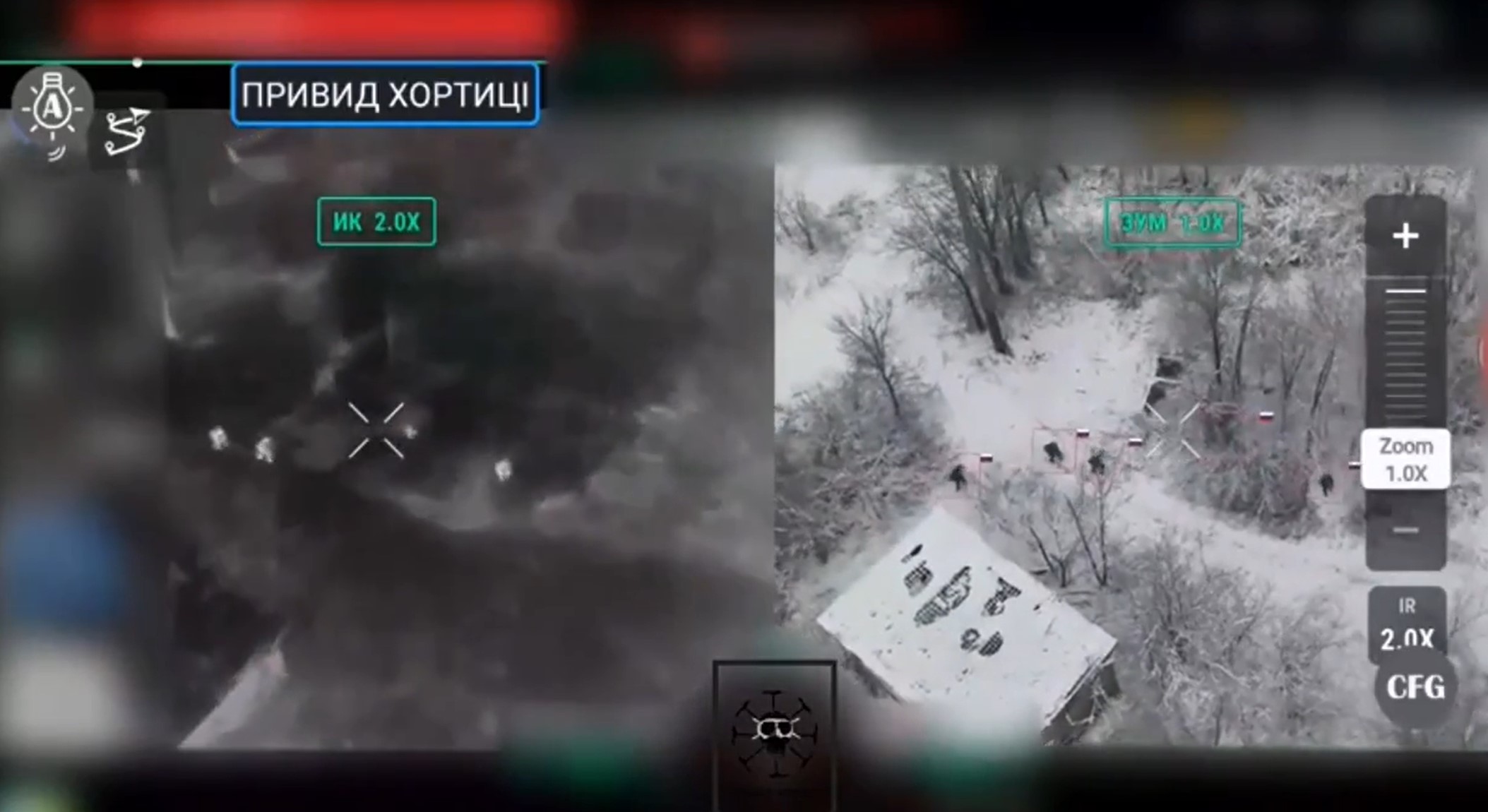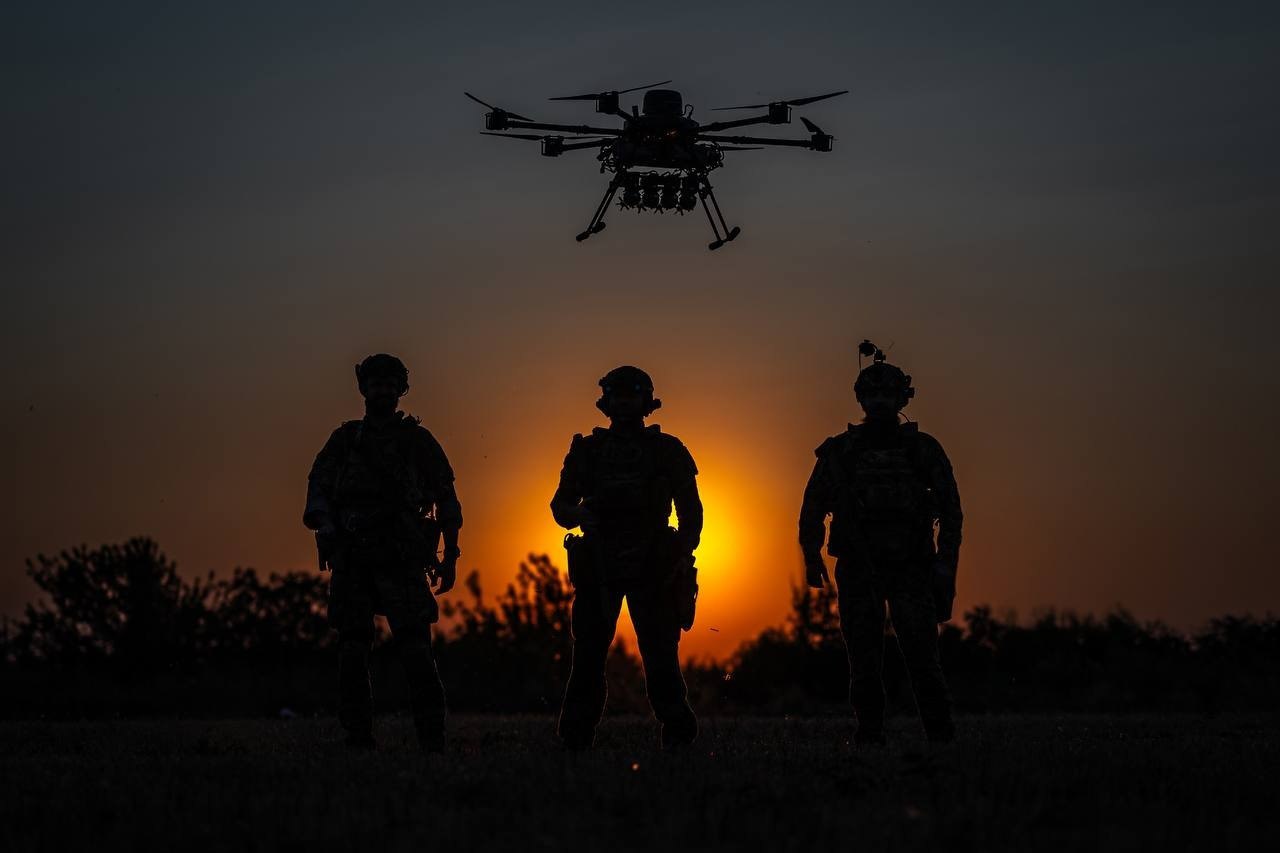Fiber-optic first-person-view drones are jam-proof. Sending and receiving signals along millimeters-thick but miles-long optical fibers, these FPV drones are impervious to the radio interference that can ground wireless FPV drones.
That doesn’t mean it’s impossible to defeat a fiber-optic drone. Ukrainian forces have tracked Russian operators by spotting, in bright sunlight, the reflective fibers spooling out behind a drone—and then following the fibers back to the Russians’ base, potentially kilometers away.
But now there are so many old drone fibers littering the busiest battlefields that it’s difficult, if not impossible, to trace them back to an active drone base.
Ukraine’s fiber-optic drone detection challenge
For months, Ukrainian electronic-warfare expert Serhii “Flash” has been shooting videos of fiber-cluttered fields in order to emphasize the increasing difficulty of countering jam-proof drones. The fields around Pokrovsk and Chasiv Yar in eastern Ukraine’s Donetsk Oblast are apparently the most heavily littered.
The videos “demonstrate the difficulties in trying to trace specific fiber optic cables from the hundreds in the fields back to an operator,” one Canadian electronic warfare expert explained.
That’s surely disappointing to the Ukrainian drone operators who famously struck back against Russian drone operators back in February. The drone team from the Ukrainian national guard’s Kara Dag Brigade hunted down a Russian drone team on the snowy battlefield just south of Vodyane in Donetsk—by following a web of optical fibers back to the Russians’ hideout, and then bombing it.
The tactic doesn’t work if there are fibers practically everywhere, many of them leading back to launch positions the operators have long abandoned. As more drone warfare units on both sides adopt fiber-optic FPV drones, there are fewer ways of defeating them.

Forbes: Ukrainians track Russian fiber-optic drones by following cables to hidden base
Simple defense: shut the door
That doesn’t mean troops are defenseless against FPV drones. Ukrainian long-range drones have been hitting the factories, hundreds of miles inside Russia, that produce optical fibers. But shutting doors can help, too.
Buildings can block radio signals, confuse wireless FPV drones, and “significantly reduce range,” drone expert Oscar Liang explained.
Thus, many Ukrainian brigades and Russian regiments hide their troops and equipment inside barns, garages, and warehouses when they’re not actively fighting.
Fiber-optic drones don’t mind buildings, however. So it’s a favorite tactic of fiber-optic FPV operators on both sides to fly their tiny explosive drones into barns, garages, and warehouses—and look for parked tanks or sleeping soldiers.
How fiber-optic FPV drones penetrate indoor defenses

Incredibly, many of the most dramatic fiber-optic FPV raids on concealed forces begin with the drones flying right through open doors and windows or through easily-plugged holes in roofs.
One video of an indoor strike, carried out by the Ukrainian Unmanned Systems Forces’ Birds of Magyar unit in April, might be one of the most dramatic. Easing inside a warehouse, maneuvering past one parked Russian vehicle to take aim at a BMP fighting vehicle with its back hatch ajar, the drone struck inside the BMP.
The explosion ignited a blaze that may have spread throughout the warehouse, if footage from an overhead surveillance drone is any indication. It’s possible that one drone costing less than $1,000 destroyed several vehicles costing millions of dollars.
“Magyar birds are looking for equipment in the corners where the enemy definitely doesn’t expect the FPV drone,” someone—presumably Robert Brovdi, Magyar’s leader—narrated over footage of the strike. But the Magyar drone gained entrance to the warehouse through its open front door.
The future of drone warfare defense
It’s getting harder to track down the operators of fiber-optic drones in Ukraine’s drone warfare landscape. But when troops are hiding in buildings, the FPV drones themselves can be stopped at the point of attack. Just shut the door—and don’t let them inside.





